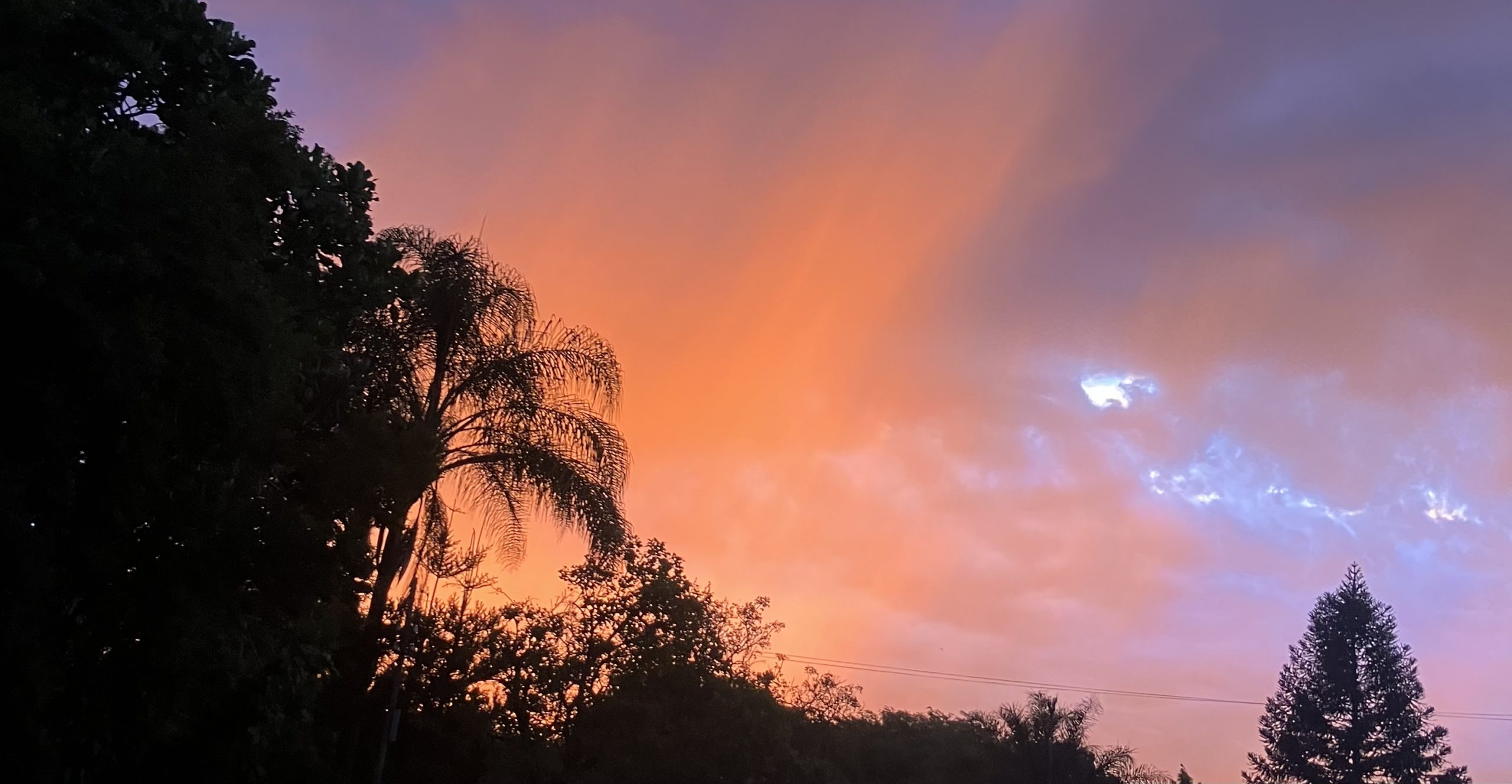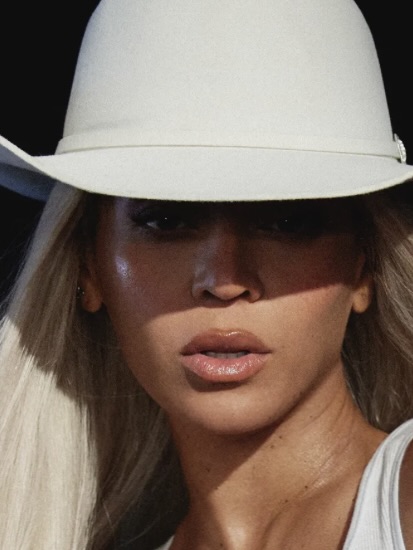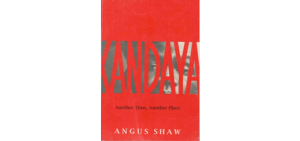Freshwater crayfish, breeding out of control, threaten aquatic ecosystems
Scientists in Zimbabwe believe a fresh water crayfish brought from Australia is breeding out of control in the northern Kariba lake, devouring the food sources of other fish and putting the nation’s entire aquatic ecosystem at risk.
Staff at the Zimbabwe University lakeshore research station say the red claw crayfish, introduced a decade ago for a fish farming project, has no natural predators in the wild _ it is not a favoured prey of crocodiles _ and it produces clusters of eggs up to half the size of a tennis ball that hatch prolifically.
Chief ecologist Dr Crispen Phiri says the exploding, migrant crayfish population could infest rivers, dams, ponds and tanks much farther afield where “the scavenger eats everything _rotting vegetation, anything organic and micro-organisms” that other aquatic life and fish need.
The red claw crayfish, scientifically Cherax Quadricarinatus and known colloquially in Australia as the yabby, is robust and hardy and cannot be poisoned without harming other natural species.
It survives and multiplies in virtually any fresh water supply and though its flesh is high in protein it is not popular in the diet of ordinary Zimbabweans, even those facing food shortages in the troubled economy.
The researchers say it is not yet clear whether the sister crayfish, or Cherax Destructor, is infesting Lake Kariba too. As its scientific name suggests, it is a burrower which can cause structural damage to drainage and hydroelectric installations.
“We have to do a lot more work on the crayfish invasion,’’ says Phiri.
The red claw sells for about $9 a kilogram in supermarkets and fetches far more in upmarket restaurants patronised by the well-to-do and the growing Chinese community in Zimbabwe.
The danger is that poor villagers living on the shores of Kariba will capture the red claw and relocate it in water closer to urban markets within the country to make money.
‘’We don’t know yet what will happen to the ecosystem. It is an omnivore and eats detritus, rotting vegetation, dead fish, the eggs of bream and other aquatic life as well as all the organisms that are crucial in the whole ecological chain,” Phiri says.
The Kariba yabby is most visible breeding unchecked close to human settlements, harbours and slipways. Kariba’s “kapenta’’ fish, a tiny tropical whitebait or sardine that has become a valuable protein-rich staple food, was also introduced into the lake but does not migrate because it only lives in deep lake waters
The red claw from Australia was first “farmed” in Zambia but has already found its way deep into that country’s river tributaries where its worrying impact is being urgently tracked.
The solution to the crayfish crisis seems to lie in commercial exploitation in traps similar to those used to catch marine lobster.
But for ecological reasons, South Africa has banned farming of the still water crustacean and commercial exploitation is strictly controlled in Argentina, Mexico and Australia.
Says Crispen Phiri: “We don’t have the resources on the ground to license or control exploitation on the right scale needed at Kariba. The important thing right now is we don’t want people to introduce it elsewhere in our water systems.”
– AS













